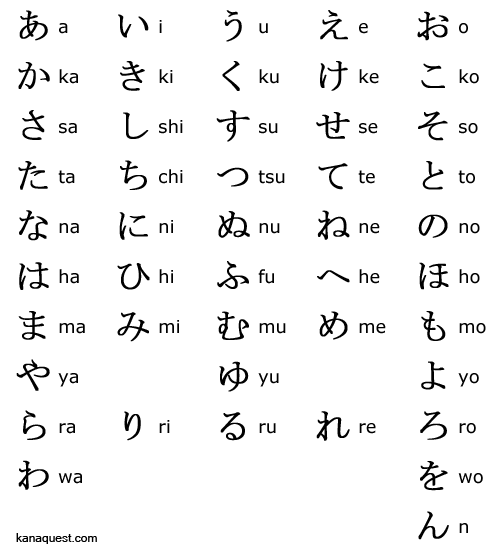Rather soon I will be boarding an airplane at 6AM in London
Heathrow, and landing in Tokyo at 7:30 the next day. Of course, with a four
hour stop in Vienna; just enough time to check out duty free. I am excited that
my trip is getting ever closer, but I am also slightly terrified. This is
because I fear being in Japan without the ability to speak an ounce of
Japanese,
That’s why for the past few weeks I have dedicated a lot of
my time to learning about Japan’s history, culture and it’s language. As
someone who has attempted to learn a language several times in the past,
without much luck; the last task seemed impossible.
 |
| I'll be spending a while looking through duty free in Vienna |
It seemed so daunting; tasked with not only a new language,
but a whole new alphabet. After a quick glance at the alphabet I leaned that
they actually use a combination of alphabets. Surely, I will never be able to
get a grip with any of them. So what is the point of even trying?
I quickly pushed this thought aside. Too often, English
tourists travel abroad with little to no inclination to learn the local’s
language. We have become accustomed to finding that the majority of people
speak English as a first or second language. This has made tourists rather lazy
when travelling; something that only becomes a problem in times of emergency.
By which time it’s too late, leaving them left rather stuck and confused.
With this as my incentive, as what not to do; I began
studying. I am pleased with the progress I have made in as little as a week.
Already I know the symbols for the vowels on sight, and I am beginning to see a
pattern in the alphabets. As you can see from the charts on this post the
alphabets are mostly the vowels coupled with a consonant. So, once you have got
a grasp on the vowels it becomes a matter of recognising them with a paired
consonant.
I took the opportunity of a recent trip to Japan Centre in
London, to pick up some Japanese newspapers. I am currently slowly pouring
through its pages translating the articles on a separate piece of paper. The
activity is rather similar to code cracking games I played as a child, the type
often found on the back of cereal boxes. The additional benefit to learning how
to recognise words is that I am also picking up on what is current in Japan at
the moment.
 |
| To me learning the language is like a complex one of these. |
As far as speaking Japanese, the phrasebook Say It In Japanese is a godsend. That’s
not saying it is easy, getting into a habit of pronouncing words phonetically
is tricky. Once again the English can be rather lazy with pronunciation, often
letters are skipped over when said aloud. Japanese tends to be more phonetic
with the words sounding as they are written. I am finding that the best way to
tackle saying a new word is to break it down at the vowels. For instance the
word America, I would break that into A-mer-i-ca. By doing this I ensure I hit
every letters sound and avoid mixing words.
Already I am making good progress. I can introduce myself,
wish someone a good day and ask them if they don’t mind repeating themselves. I
am hopeful that with a few everyday phrases and keeping the book with me, that
I won’t go too wrong.
Overall I have found that learning Japanese is an example of
a task that at first seems Herculean. But, once you begin, it becomes more
manageable. So, Arigato gozaimasu, Itte kimasu (that should mean thank you and
good-bye).
Duty free shop from 1bag1world, Hiragana chart from Kanaquest, Code cracking puzzle from education

No comments:
Post a Comment